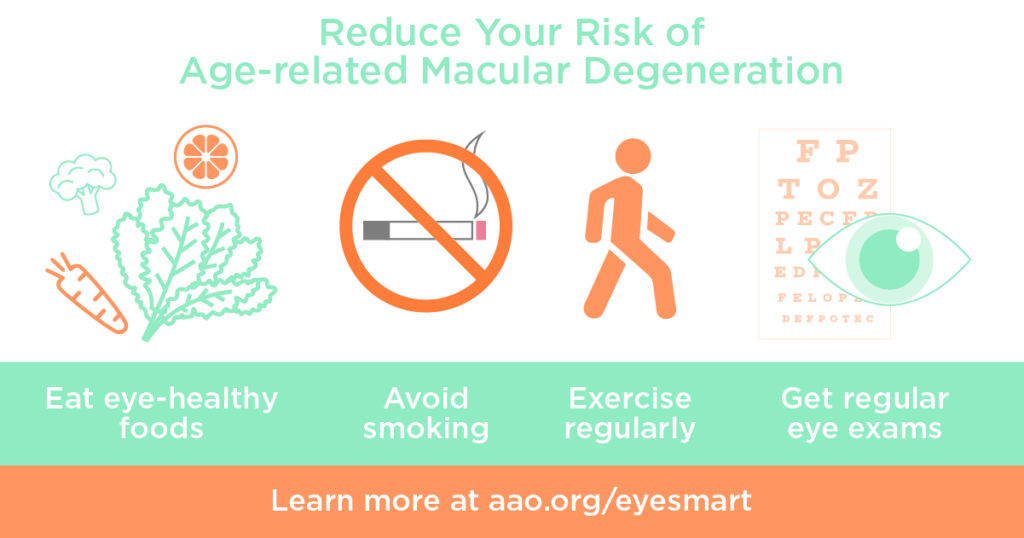Age-Related Macular Degeneration (AMD) is the leading cause of blindness among older Americans, but new treatments have dramatically changed the course of this disease over the last 10 years, making AMD more manageable than ever before. As we mark February as AMD Awareness Month, Front Range Eye Physicians and the American Academy of Ophthalmology are reminding people with AMD that they can save their vision thanks to recent treatment advances, but that early detection is a critical first step.
For more than a decade, ophthalmologists have treated wet age-related macular degeneration (AMD) with eye injections given every month or two, and dry AMD with antioxidant vitamins. These treatments were groundbreaking when introduced, offering hope for the first time that this sight-threatening disease could be slowed, and in some cases stopped or even reversed.
Ophthalmologists can only see the effects of AMD by looking closely at the retina. They use a special camera to shine light onto the back of the eye (fundus) and take pictures (see above photo). Drusen are fatty deposits under the retina. Soft drusen are close together and form large deposits. They can be an early sign of AMD.
AMD Simulation
View our AMD vision simulator to see how vision is affected by macular degeneration.
AMD Fundus Photographs
Here are some examples of what AMD looks like using fundus photography.
Dry macular degeneration

A retina with soft drusen from dry AMD.
Dry macular degeneration

A retina with dry AMD.
Wet macular degeneration

A retina with abnormal, leaking blood vessels of wet AMD.



